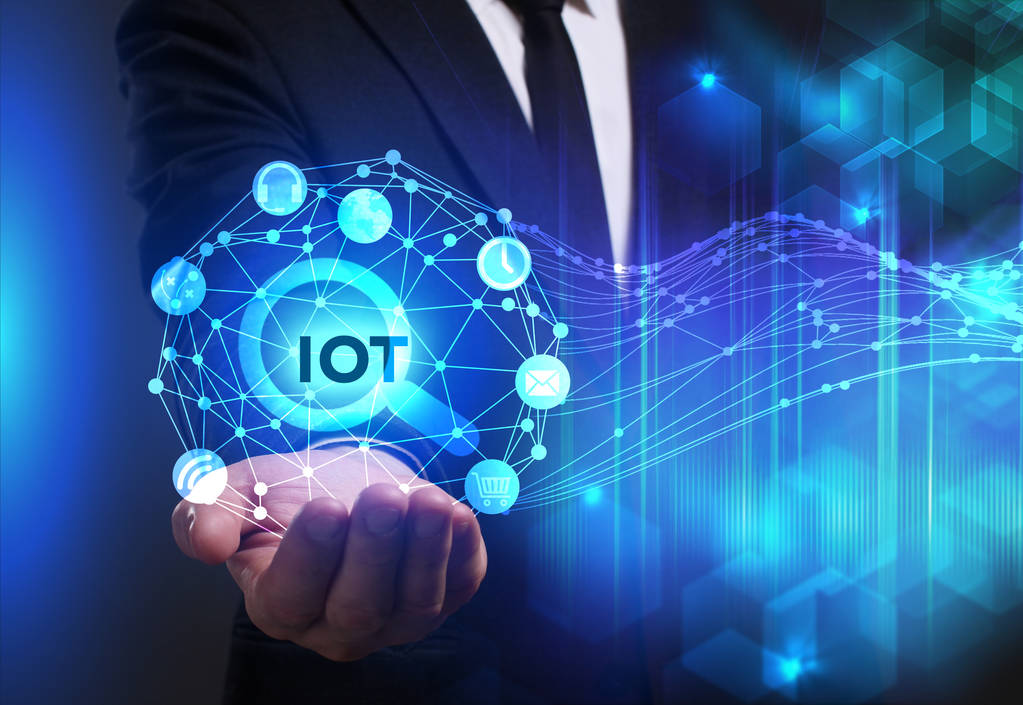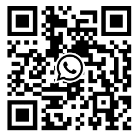The Internet of Things is today's undervalued influence, with a multitude of hidden capabilities hidden within this umbrella term - from innovative methods to avoid power sources, to a market expected to grow fivefold in the next decade.

The Internet of Things (IoT) is slowly penetrating into our lives. Although it is not as popular as artificial intelligence (AI), its application in modern technology is becoming increasingly common.
With the emergence of 5G technology and artificial intelligence, the Internet of Things has become more important in terms of its functionality and use cases. Here are some things about the Internet of Things that we may not be aware of.
The Internet of Things is one of the fastest-growing fields in the field of technology
In 2019, the technology industry saw five distinct and thriving technological trends, creating and implementing new experiences. These five trends are Sensing and Motion (IoT), Enhanced Human, Postclassical Computing and Communication, Digital Ecosystems, and Advanced Artificial Intelligence and Analysis, with the Internet of Things and Advanced Artificial Intelligence ranking among the top in the trend table.
Fast forward to 2023, the Internet of Things remains one of the most suitable technologies for the market. The global consumer IoT market is worth $104 billion and is expected to reach approximately $556 billion by 2030. It is estimated that by 2030, with the increasing demand for energy efficiency, predictive maintenance, and accessibility, the number of globally connected devices will exceed 29 billion. There are several factors driving the prosperity of the Internet of Things market.
Firstly, the demand for connectivity is one of the key factors driving the development of animal networking. We now live in a world where every imaginable element in life can be intricately interconnected. The Internet of Things provides an interconnected ecosystem in which systems, devices, and applications can seamlessly communicate, thereby changing daily life and industry operations.
Secondly, the emergence of cloud based data platforms is the most obvious driving force behind this prosperity. The true engine for extending the Internet of Things is a cloud based data platform that acts as a massive repository, capable of collecting, processing, and disseminating large amounts of data generated by IoT devices.
Another factor driving this prosperity is the speed at which people are purchasing and transitioning to smart homes. According to a study by Statista, the global smart home market is expected to generate approximately $115 billion in revenue by 2022, and this number is expected to double by 2028.
2. Lack of interoperability harms the industry
Interoperability is the key to the adoption of the Internet of Things. If not, IoT devices will become data silos, limiting their potential.
However, although interoperability is at the core of IoT adoption, it still poses significant challenges to the IoT industry. These issues stem from the diversity of IoT devices, which come from different manufacturers and industries, each with different communication protocols, data formats, and security measures.
Due to the diversity of equipment, industry, and traditional systems, the lack of unified standards has made consensus difficult.
Unleashing the full potential of the Internet of Things requires standardized identification and data sharing processes for objects, assets, and locations, and the use of standardized technologies such as barcodes and EPC/RFID to automatically capture data.
The use of data sharing standards lays the foundation for interoperable, trustworthy, and transparent data, bringing us closer to achieving the universal compatibility utopia proposed by the Internet of Things.
Various measures are underway to address the challenges related to interoperability with the Internet of Things.
For example, organizations such as the Institute of Electrical and Electronics Engineers (IEEE) and the Open Connection Foundation (OCF) are actively participating in the development of IoT standards. Its main goal is to establish a set of universal rules and regulations that enable seamless communication between IoT systems and devices, regardless of the platform or manufacturer.
This standardization promotes interoperability and prioritizes security, ensuring that devices from different manufacturers can collaborate securely within the ecosystem.
3. Not all IoT devices rely on external power sources
Some IoT devices do not rely on continuous external power sources. It is designed to operate using alternative energy sources or energy harvesting technologies.
In addition to some external IoT devices that utilize solar energy, there are also other IoT devices that utilize the kinetic energy of motion or vibration through technologies such as piezoelectric materials. Thermoelectric generators can generate electricity using temperature differences, while energy harvesting devices capture small amounts of energy from the surrounding environment, such as electromagnetic fields near power lines.
There are also battery free IoT devices that use ultra-low power components and efficient communication protocols, occasionally collecting energy from the environment and storing it for use. The combination of wind turbines, water flow, and hybrid energy is an additional option for powering IoT devices.
These energy harvesting technologies provide valuable solutions for IoT applications in remote, environmentally sensitive, or difficult to reach locations. They do not require constant battery replacement or power connection. The choice of energy depends on factors such as power requirements, location, and environmental conditions, ensuring that IoT devices can operate effectively even without continuous power supply.
4. The Internet of Things is a catalyst for promoting a green economy
The slogan of a green economy is based on the following key values: sustainability, environmental responsibility, and resource efficiency, and IoT technology is the catalyst for achieving these values.
The fields of waste management, transportation, water use, and industrial operations all use the Internet of Things to adjust their operations to achieve maximum efficiency. It helps key participants in various industries make environmental decisions, reduce carbon emissions, conserve water, and reduce the use of fossil fuels.
For example, IoT sensors in trash cans can monitor garbage levels and help reduce fuel usage by guiding trucks only to the trash cans that need to be emptied, thereby helping to reduce the release of carbon monoxide into the air.
In the field of transportation, intelligent transportation systems (ITS) strongly supported by the Internet of Things are worth noting as they help promote sustainable and environmentally friendly transportation solutions.
These systems can aggregate data from various sources, such as detectors, satellite systems, traffic detectors, weather stations, emergency services, and computers for processing. ITS also has a self diagnostic function for vehicle components, enabling active monitoring of their condition.
Once an accident occurs, it can identify the location of the accident and promptly issue a warning to other drivers about the area, which may reduce the likelihood of subsequent collisions and improve the efficiency of emergency response work.
In industrial operations and manufacturing, IoT sensors provide manufacturing enterprises with valuable insights into their production processes, which helps them identify and solve inefficient problems and reduce energy waste in the production process.
5. Art and entertainment are undergoing a transformation
The Internet of Things in the fields of art and entertainment combines technology and creativity, providing audiences with a fascinating interactive experience. For example, in interactive art installations, sensors detect motion or touch, allowing artworks to respond to audience interaction by changing color or sound.
In live performances, wearable devices can affect stage lighting or sound effects, improving the overall performance. Smart museums and galleries utilize the Internet of Things to provide personalized experiences for visitors, respond to their location through audio guides or applications, and provide relevant information about the exhibits they are viewing.
These applications demonstrate how the Internet of Things can attract audiences in novel and innovative ways, and combine technology with creative expression to create dynamic, personalized, and interactive experiences.
summarize
The Internet of Things has become an essential connection in our daily lives. It ensures the interconnectivity of our equipment, small tools, and appliances. With the continuous development of technology, it is crucial to pay attention to security and privacy issues while accepting its benefits.
The more we understand the interconnection network of devices, the better we can utilize them to improve our overall quality of life.
Contact: Qui
Phone: 18146178586
Tel: 18146178586
Email: qui@zonewu.com
Add: 1501-3, Building F03, Phase III, Software Park, Jimei District, Xiamen City, Fujian Province, China
